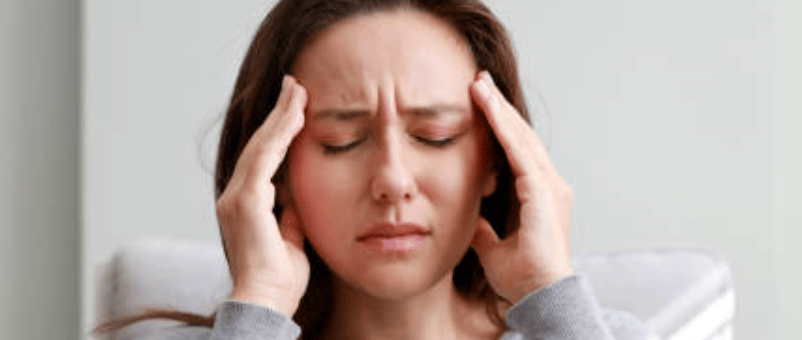Concussion and Neuroinflammation: The Hidden Battle Within the Brain
Neuroinflammation in the brain and effective treatment strategies
Dr. Yvonne
5/10/20252 min read


What Really Happens During a Concussion?
A concussion is a brain injury caused by a blow, jolt, or sudden acceleration-deceleration of the
head. Unlike fractures or bleeding, a concussion doesn't always show up on brain scans. But on a
cellular level, it's a different story. Concussions disrupt the brain's delicate electrical and chemical balance, damage neurons, and set off a cascade of immune responses. This includes the activation of microglia, the brain's immune cells, which release inflammatory chemicals.
Neuroinflammation: The Root of Persistent Concussion Symptoms
After a concussion, the brain's inflammation response is meant to help repair. But when it lingers, it
can interfere with healing and prolong or worsen symptoms.
Common symptoms linked to neuroinflammation include:
- Chronic headaches
- Brain fog or slowed thinking
- Irritability or mood swings
- Difficulty sleeping
- Sensitivity to light/sound
- Fatigue
- Dizziness or poor balance
- Trouble concentrating
This ongoing immune activity is now thought to be a major contributor to Post-Concussion Syndrome (PCS).
Science-Backed Treatments Targeting Neuroinflammation
Recent studies are pointing to innovative, non-invasive and holistic treatments that reduce inflammation and help the brain heal more efficiently.
1. Omega-3 Fatty Acids (EPA/DHA)
- Help rebuild damaged brain cells and calm neuroinflammation.
- Source: Figueroa et al., 2023 Frontiers in Neurology
2. Photobiomodulation (Red/Near-Infrared Light Therapy)
- Stimulates mitochondrial activity and reduces inflammation.
- Source: Naeser et al., 2022 Photomedicine & Laser Surgery
3. Anti-Inflammatory Diets
- Includes Mediterranean, ketogenic, and polyphenol-rich foods.
- Source: Wu et al., 2021 Journal of Neurotrauma
4. Hyperbaric Oxygen Therapy (HBOT)
- Increases brain oxygenation and reduces oxidative stress.
- Source: Harch et al., 2024 Frontiers in Neurology
5. QEEG-Guided Neurofeedback & Neuromodulation
- Targets abnormal brain activity with neurofeedback, tDCS, or rTMS.
- Source: Thatcher et al., 2022 Clinical EEG and Neuroscience
From Rest to Rehab: A New Recovery Paradigm
While rest is still important in the first 2448 hours post-injury, research now supports active,stage-based recovery rather than long-term inactivity. A multidisciplinary approach that includes cognitive training, vestibular rehab, light therapy, neurofeedback, and inflammation-targeted nutrition delivers better outcomes.
Source: Leddy et al., 2023 British Journal of Sports Medicine
Final Thoughts
Understanding neuroinflammation is changing how we approach concussion recovery. We now
know that mild brain injuries can lead to serious and lingering effects but they're also highly treatable
with the right, research-backed approach. If you or someone you know is experiencing post-concussion symptoms, it may be time to consider a more integrative, neuroscience-informed recovery plan.
References
Figueroa, J. D., et al. (2023). Frontiers in Neurology.
Naeser, M. A., et al. (2022). Photomedicine, Photobiomodulation & Laser Surgery.
Wu, A., et al. (2021). Journal of Neurotrauma.
Harch, P. G., et al. (2024). Frontiers in Neurology.
Thatcher, R. W., et al. (2022). Clinical EEG and Neuroscience.
Leddy, J. J., et al. (2023). British Journal of Sports Medicine.
